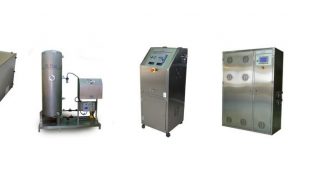
OZONATION SYSTEMS
Ozone is a non-stabilizing gas composed of three oxygen atoms. Oxygen (O2), which exists in a two-atom atmosphere, is a very energy-carrying form. We can distinguish the oxygen and ozone molecules as follows. The ozone gas is produced in the environment by the sun’s ultraviolet rays splitting the oxygen in the atmosphere or by the lightning’s oxygen scavenging. Ozone gas is heavier than air and it descends to the earth and cleans the air naturally. Especially on the rainy or stormy days, the odor we feel is the most intense form on the earth. In the areas close to the ground levels, there is smoke in the concentration of one particle O3 (= 0.1 PPM = 200 mg / m) per 10 million air particles. At a height of 2000 meters, it decreases much more to 0.03 -0.04 PPM. Thus, it is of great importance to protect the living things on the earth.
Ozone gas oxidation is widely used because it is very high and known as the strongest disinfectant and does not leave harmful residue to the human body according to other disinfection methods. Ozone gas is much more powerful than other disinfectant methods. Ozone Disinfection Systems have destructive effects for all known viruses, bacteria, fungi, yeast and molds by breaking down cell walls of organisms.
- Ozone: 2.07
- Chlorine Gas: 1.36
- Hydrogen peroxide: 1.77
- Hypochlorous Acid: 1.49
- Permanganate: 1.67
- Oxygen: 1.23
- Chlorine dioxide: 1.57
- Bromine: 1.09
- Chloride: 0.76
- Iodine: 0.54

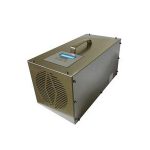
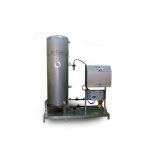
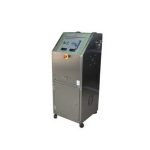

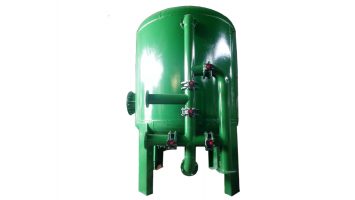
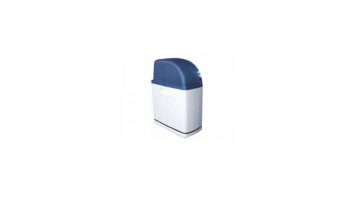
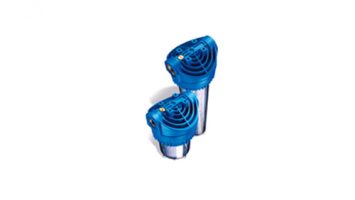
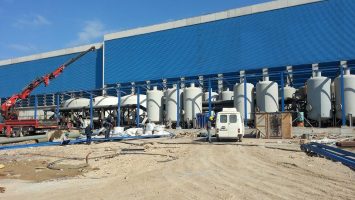
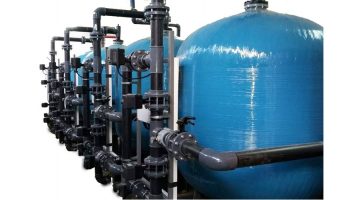
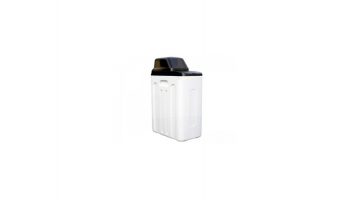
COMMENTS
MAKE A COMMENT